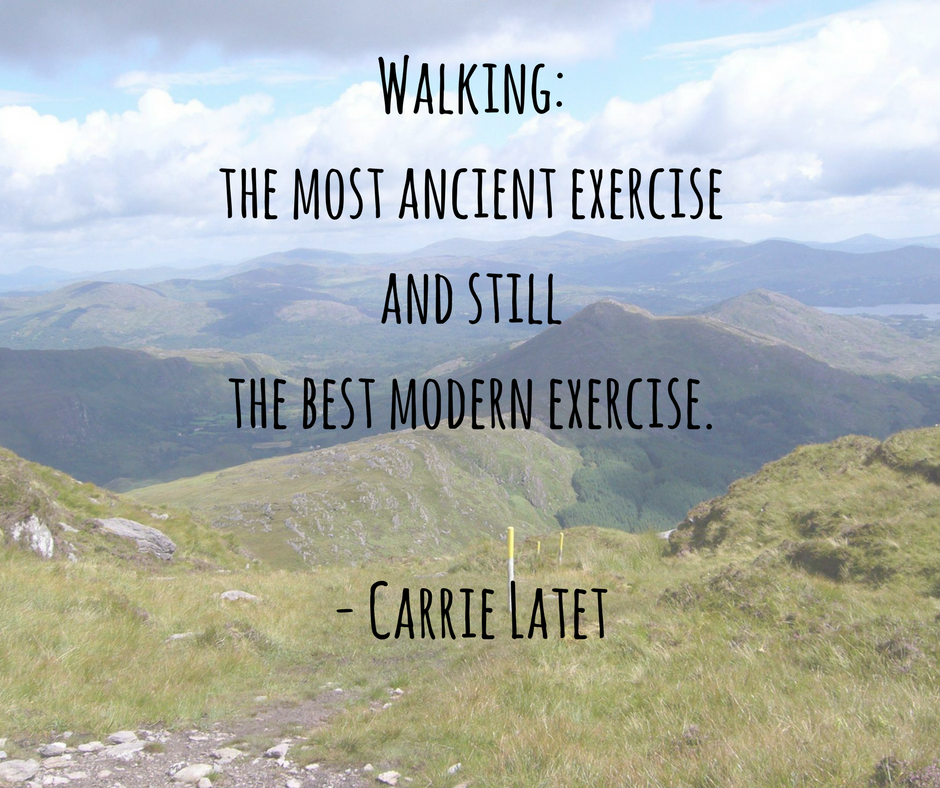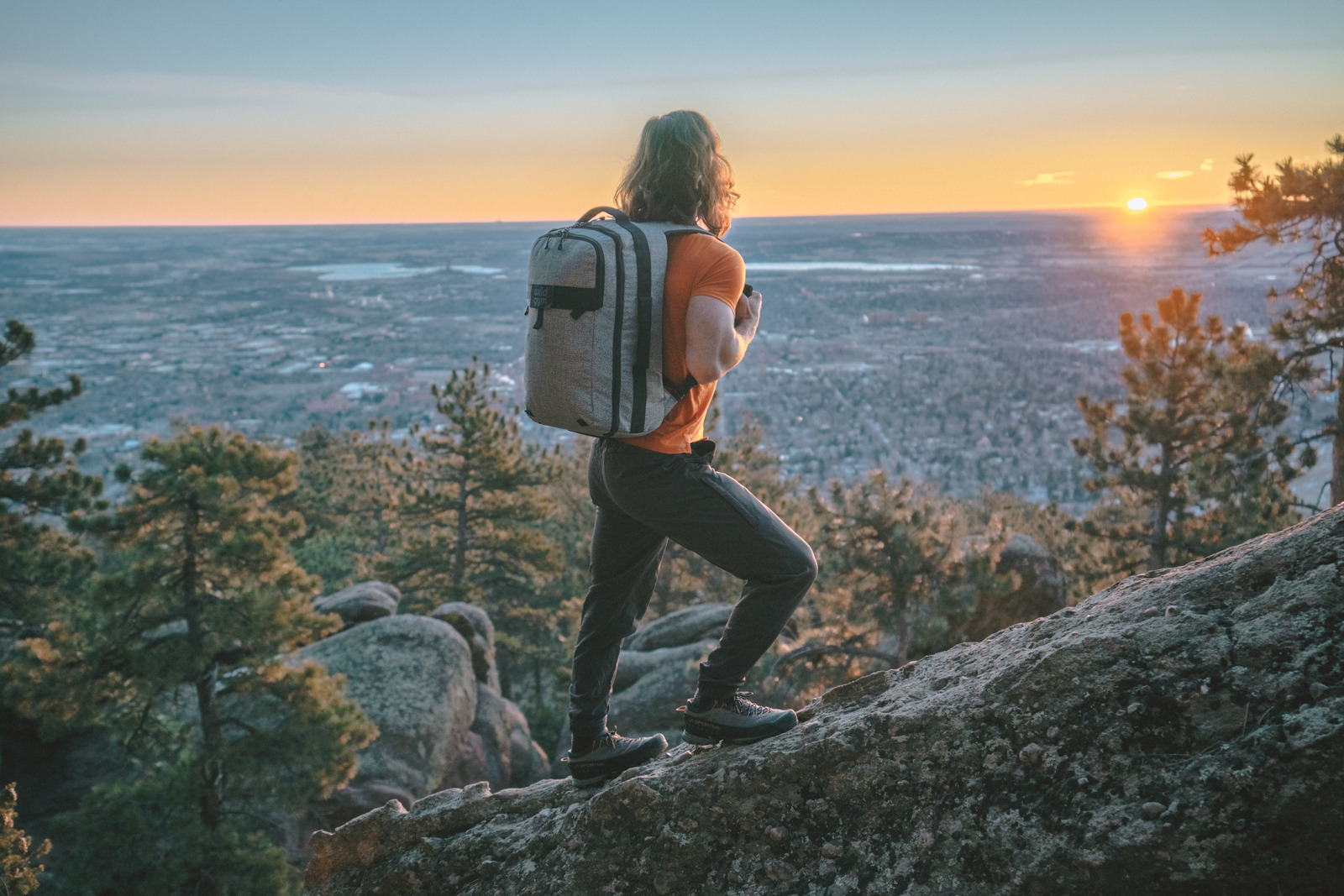Hello, League of Wildness,
I hope you all have some wild plans for the weekend!
The other night, I was watching a nature documentary about the various biomes on Earth. As often happens, my mind wandered to comparing the planet to the human body. Many things in our human lives are microcosms of what happens in the macrocosm of nature.
The water, desert, forest, tundra, and grassland biomes make up our beautiful planet. Each of those areas has different needs for water, biodiversity, temperature, soil, and seasonal cycles. There are always fluctuations: droughts and monsoons, variances of darkness and sunlight, balances of predators and prey. Nature is largely able to balance those fluctuations within itself when it is not overloaded with unhealthy intrusions. Our bodies are very much the same.
Our Ecosystem
We humans have numerous microbiomes within our bodies made up of trillions of microbes, fungi, bacteria, and viruses that live on our skin, in our guts, in our brains and throughout our bodies. They offer defense to infection and illness along with impacting how our body produces the hormones that manage our daily fluctuations and rhythms.
We are aware currently of our gut, oral, and skin microbiomes but science experts are investigating the possibilities that we also have reproductive and brain microbiomes as well. Each one of them is part of the larger human body ecosystem and each one has a major impact on our health. Even though they are distinct, they work together to produce a healthy human body, just like the Earth’s biomes work together to produce a healthy planet. The oceans of the planet are impacted by the health of the forests, and so on. Just as our brains are impacted by the health of our guts.
Microbiome Health
What does this mean for us in terms of the decisions we make every day? How do we figure out what our skin, mouths, guts, and brains need in order to be healthy?
The funny thing is, every time I start asking questions like, “I wonder what optimal health would look like…” the answers are almost always the same. When I start learning about a new topic, I want to read all the studies, buy all the books, and listen to all the podcasts. But the truth is I already know what they’ll say because the answers are always the same: eat real, healthy food, reduce stress, move your body, and spend time in nature.
We spend a lot of time at the Wild Gym talking about body movement and time outside. This is, of course, our entire ethos; move your body more in a variety of ways. Do it outside as much as you can.
Spending time outdoors has a big impact on our microbiomes. I am told that my grandpa used to say, “Eat some dirt with your vegetables, it’s good for you.” It turns out, he wasn’t wrong. Of course, in today’s world, we have to be cautious with that advice, as our dirt is often full of synthetic fertilizers and pesticides, and other pollutants that aren’t good for us. But it’s worth noting that the air, the water, the soil, even the snowflakes have microbes in them and the more time we spend outside, the more exposure we get to them which is overwhelmingly beneficial.
Microbiome Nutrition
What we eat – and don’t eat – is getting a lot of visibility in the media these days. Just last week there was a new study that suggests a very strong link between ultra-processed foods and cancer, especially ovarian cancer. For every 10% increase in ultra-processed food consumption there was a 19% increase in incidence of ovarian cancer and a 30% (!) increase in the risk of dying from ovarian cancer. When you consider a previous study that noted 60% of the calories that Americans, Canadians, and Brits eat come from ultra-processed food and 67% for kids, that’s a recipe for disaster. Much of the rest of the world isn’t too far behind.
When we eat a lot of junk such as frozen pizza, pastries, soda, and boxed dinners, it impacts every single one of our biomes because they are all linked. Ultra-processed food is basically poison to our human body ecosystem. Our bodies are intelligent and efficient and can remove a small amount of toxins, just like the planet can. But once it becomes overloaded, a cascade of consequences begins to happen including inflammation. For the human body that often means disease and it often starts with gut health, where ultra-processed food tends to feed unhealthy bacteria and lead to overgrowths that cause poor absorption of nutrients. We are often overfed and undernourished.
So what can you do?
Focus on:
Healthy meats and eggs – Where possible, consider grass-fed and cage-free egg options. The more animals eat their natural foods, the healthier the meat is.
Whole grains – Real whole grains are healthy. Bread colored with caramel coloring is not. You want the true whole grain, such as steel cut oats, quinoa, and wild rice (which is actually a seed and not a grain, but I just go with it). Some companies like Bob’s Red Mill offer more exotic grains like kamut and farro that are fun to explore.
A colorful variety of vegetables and fruits – Aim for a variety of red, orange, yellow, green, blue, and purple plant foods as much as possible.
Healthy fats – Avocado, extra-virgin olive oil, wild-caught salmon, nuts, and seeds.
Consider adding fermented foods – These are really healthy for the gut biome especially. Saurkraut, kimchi, brined vegetables, kefir, and yogurt (without the added sugar and dye). It is actually really easy to make your own fermented veggies, check out the link down below!
Cut back on:
Frozen and prepacked meals (frozen veggies and fruits are usually fine but check the ingredients)
Candy, chips, ice cream, and pastries
Soda
Alcohol – that doesn’t mean you have to be a tee-totaler but daily alcohol has a major impact on the brain and the gut both and over time, your skin and everything else. Mounting evidence from studies continues to show that what we thought was safe is probably still too much.
Deep fried foods
Fast food and gas station sandwiches
Cereal
Sugar-filled coffee beverages
Making some of these changes will have a major, positive impact on all of your microbiomes. As we’ve mentioned before, if you aim for consuming 80% good food, you’ll be doing amazing and your health –and microbiomes – will benefit.
One thing I have noted over the years is that I can eat 2,000 calories at a restaurant without even trying. I might leave with a belly that feels over full yet I can tell that I am undernourished from that meal and know it’ll take all day to digest, leaving me feeling like a sloth. It’s almost impossible to eat that many calories of real, whole food in a sitting. Your body will struggle to keep shoveling it in at some point, yet those hyper-palatable, ultraprocessed foods don’t set off the same signals in our bodies to stop eating. They are created by food scientists to do exactly that – to encourage us to overeat because it makes them money and then we crave the same stuff the next day. Kind of reminds me of drug dealers, and maybe that’s not very far off. They use what they know of our body’s natural biological processes against us to get us to buy stuff.
Just as the oceans, forests, and deserts require a delicate balance to retain their biodiversity and health, so do our bodies. When we tip things too far in the wrong direction by living in sterile, indoor environments and eating heavily-processed foods, we invite an imbalance which often leads to disease. But we can tip that balance back in favor of health by making good choices 80% of the time, which is the magic number that scientists say (so far) makes the biggest impact. If we make good choices that often, then the 20% of the time that we have to have that frozen pizza, it won’t have the same negative impact.
And as things often tend to work out, when we make better choices for our bodies, it leads to a healthier planet as well with less plastic and packaging to dispose of.
Get outside. Move your body. Eat healthy stuff.
Have a wild weekend!
-Kim
Resources
Article about the basics of the human microbiome
A more-detailed Article that digs into the details
A great page that explains how to make fermented veggies with just some basic kitchen supplies



Leave a comment
This site is protected by hCaptcha and the hCaptcha Privacy Policy and Terms of Service apply.